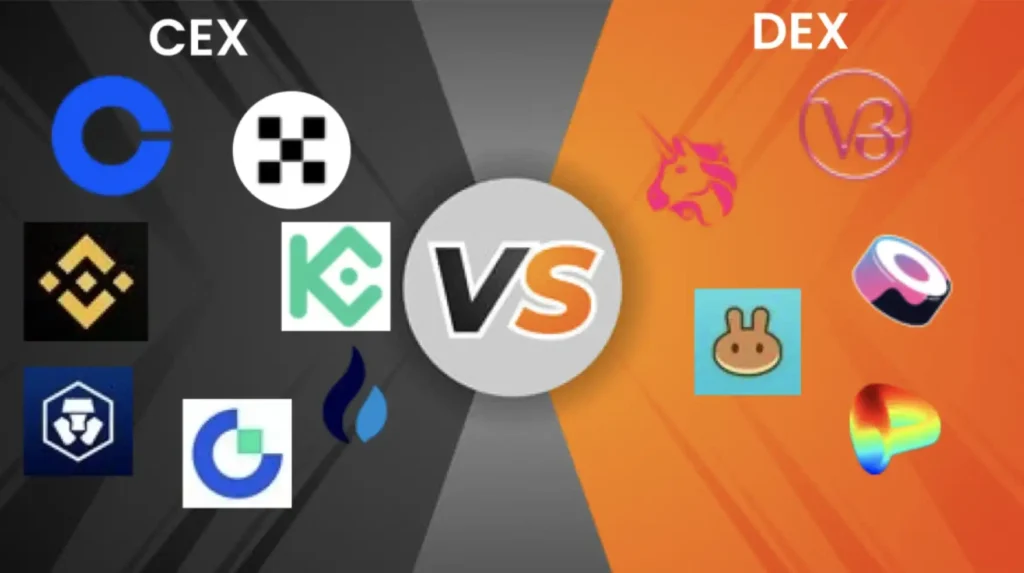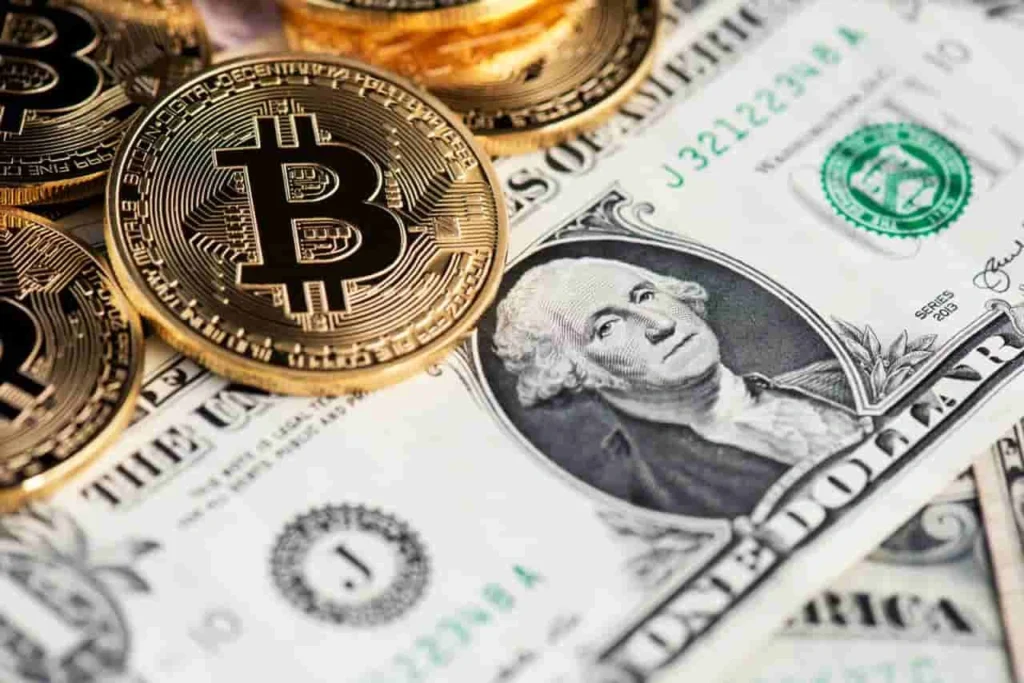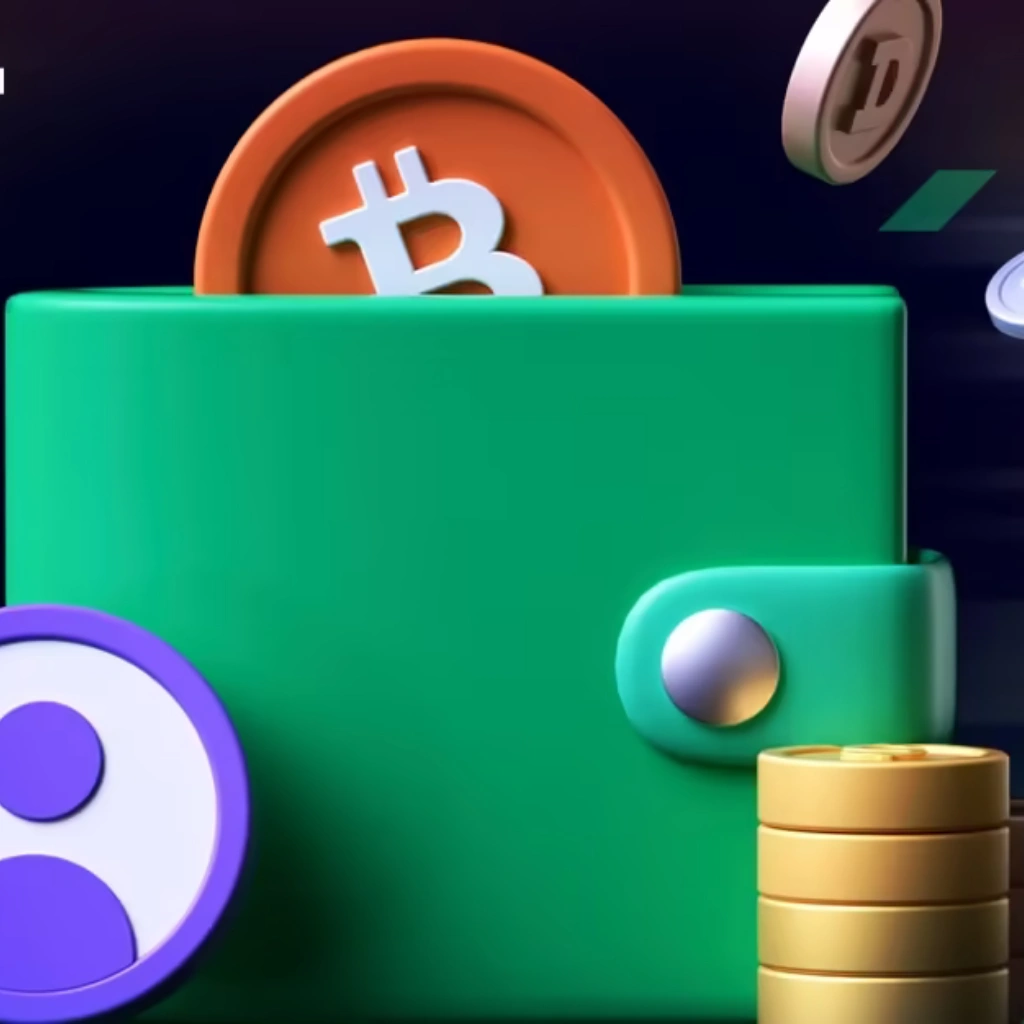So you’re finally diving into crypto, huh? Smart move—but let’s not pretend it’s not overwhelming.
Between memes, market crashes, and way-too-many coins, it’s easy to feel lost before you even begin. That’s where a proper crypto beginner roadmap comes in. Because, honestly, without one? You’ll probably burn out—or worse, get scammed—before you even figure out what a wallet is.
Let’s take a breath. Here’s what actually matters in your first stretch of the journey.
Start with the “why,” not the “what”
Most people jump into crypto asking, “Which coin should I buy?” That’s… kind of backwards.
Before you even think about tokens or price charts, get clear on what crypto is and why it exists. The short version? It’s a new kind of financial and data system—one that isn’t owned by any government or big tech firm.
Get curious about Bitcoin. Not the price—its origin. Learn why Ethereum is different. These aren’t just coins; they’re platforms, movements, even ideologies (weird, but true). Your crypto beginner roadmap starts here—understanding the story behind the tech.


Learn the tools: wallets, exchanges, and how not to lose your shirt
Let’s be real, “not your keys, not your coins” isn’t just crypto Twitter drama—it’s a survival rule.
You’ll hear about wallets, both “hot” and “cold.” No, not temperatures—think internet-connected or offline. Learn how to create a wallet, back it up, and never screenshot your seed phrase (yes, people still do that).
Next: centralized exchanges (CEXs) like Coinbase or Binance. Easy? Sure. But maybe not where you want to leave everything. Decentralized exchanges (DEXs) are next-level stuff, but worth understanding even if you don’t touch them yet.
And scams? Oh, they’re everywhere. If something sounds too good to be true… you know the rest.

Avoid the hype and follow the crypto beginner roadmap
There’s always going to be a new project “going to the moon.” But should you care?
Early on, probably not. Focus instead on fundamentals—blockchain tech, gas fees, smart contracts, and how decentralized systems work. This isn’t just homework—it’s armor. It helps you tell the difference between legit innovation and, well, the next rug pull.
One tip? Bookmark Ethereum.org. It’s full of solid, beginner-friendly content that’s not trying to sell you anything.


Also: don’t skip over the boring-sounding stuff. Tokenomics, consensus models (proof-of-work vs proof-of-stake), even how DAOs function… these ideas help you understand why some projects thrive—and others vanish overnight.
Okay—but when do I actually start investing?
Great question. Short answer? When you’re ready.
Longer answer? After you’ve:
- Got a wallet and know how to use it
- Practiced small transfers (seriously, always test first)
- Understood what you’re investing in, not just because someone said so
Start small. Crypto is volatile—there’s no shame in sitting on the sidelines a bit longer. Maybe just watch a few market cycles. You’ll learn more from one panic dip than from 10 YouTube videos.

Final thoughts: Your crypto beginner roadmap is a process, not a hack
Here’s the thing—there’s no secret shortcut, no “one weird trick” to mastering crypto. Anyone selling that is probably selling you. Your crypto beginner roadmap isn’t a race, it’s more like learning a new language. You’ll mess up, sure. But every concept you unlock makes the next one easier.
So take your time. Be skeptical. Get curious. And when in doubt—Google it twice, then ask someone who’s been around a while.
Because crypto isn’t just about coins. It’s about reclaiming control in a digital world. That’s worth learning slowly.
Relevant news: What If You Followed the Crypto Beginner Roadmap Step by Step?




